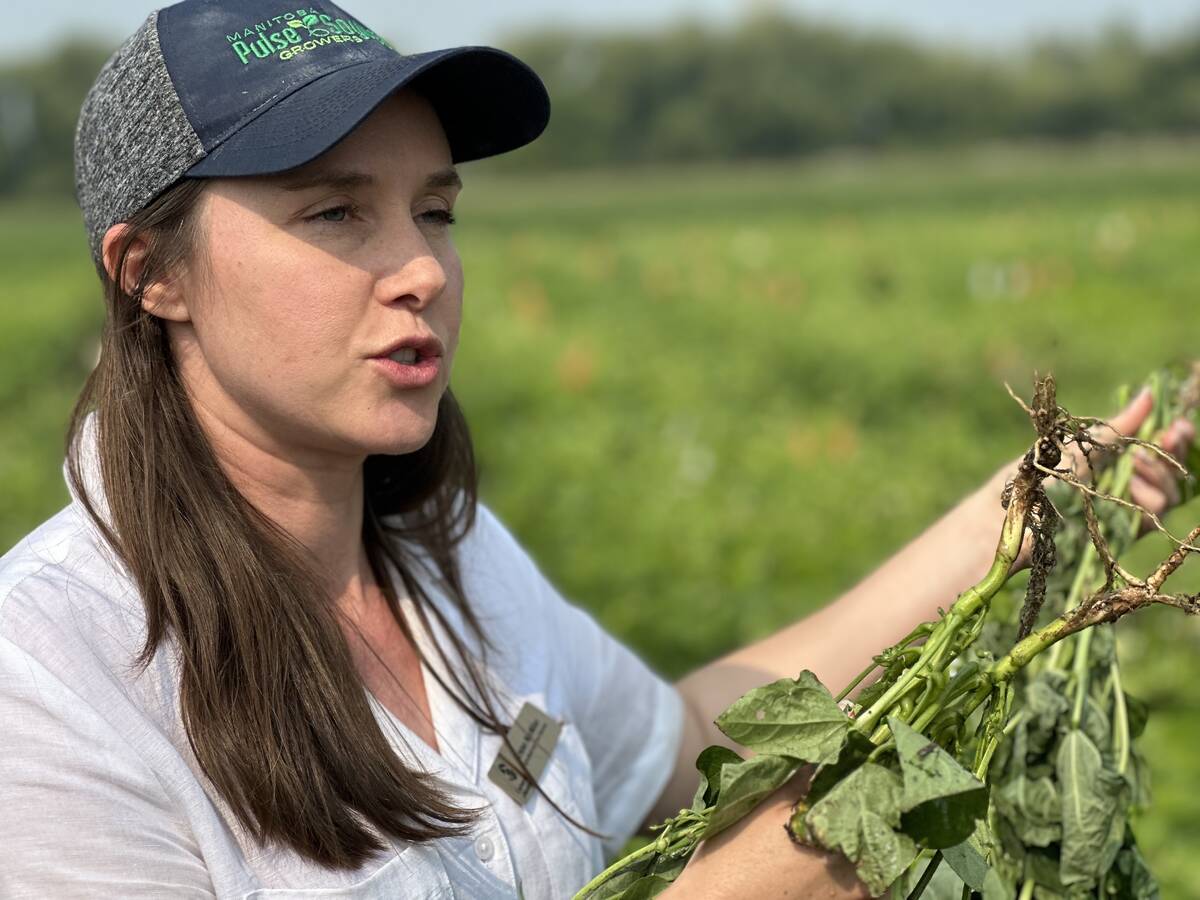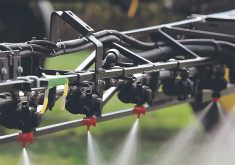A study on using satellite technology to track hay and pasture production has garnered funding from the federal agriculture department.
The $988,000 in federal support was announced Nov. 17 at the University of Manitoba Asper School of Business in Winnipeg.
Led by the Saskatchewan Cattlemen’s Association, the study is expected to explore risk management tools for cattle producers on forage growth at the farm level in each province.
Researchers hope to produce a forage production index that would form the basis for new insurance options.
Read Also

Lower nitrogen rates in dry beans could pay off for farmers
Manitoba research is testing whether reduced nitrogen fertilizer in dry beans can maintain yields while cutting costs and lowering greenhouse gas emissions.
The research is headed by Lysa Porth, assistant professor at the U of M in agricultural risk management, and includes collaborative research with Alberta Beef Producers.
Ryder Lee, chief executive officer for the SCA, said in a news release that more insurance options are needed for forage and hay.
“By exploring satellite options, perhaps we can move perennial crops closer to competitive balance with annual crops, at least when it comes to insurance programs offered.”
In the same release, Porth said the project will involve leaders in agricultural risk management and insurance, academia, the private sector and government.
The University of Waterloo, Nanyang Technological University in Singapore, SCOR, an ag reinsurance provider, and Airbus Defence and Space are also involved in the project, along with Saskatchewan Crop Insurance Corp. and Alberta’s Agriculture Financial Services Corp.
Federal funds are channeled through the AgriRisk program, a part of Growing Forward 2.














